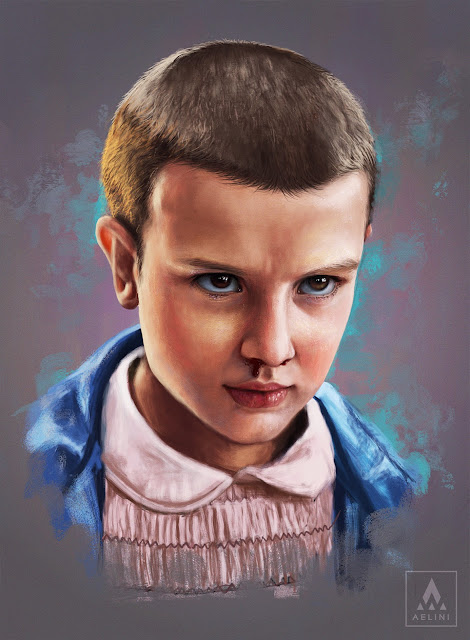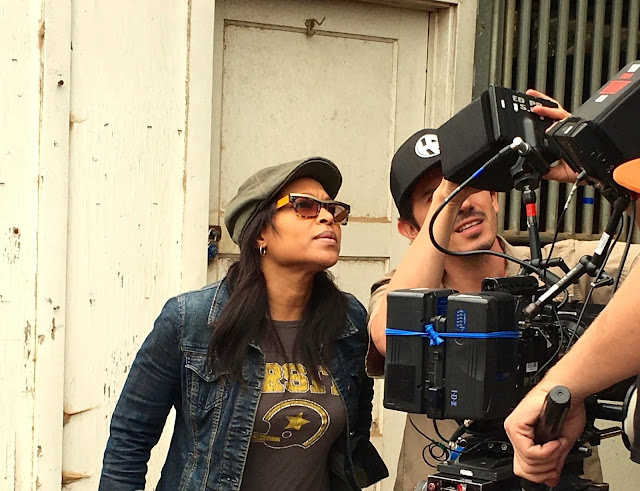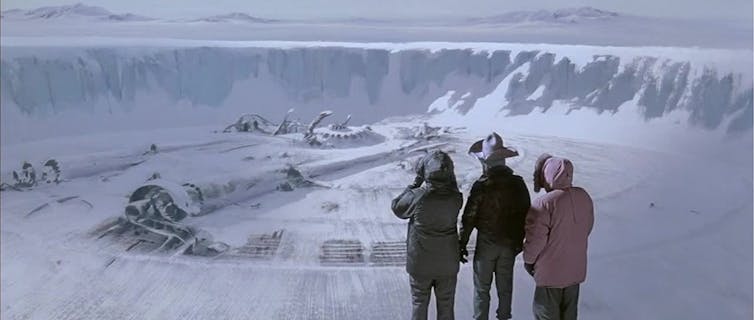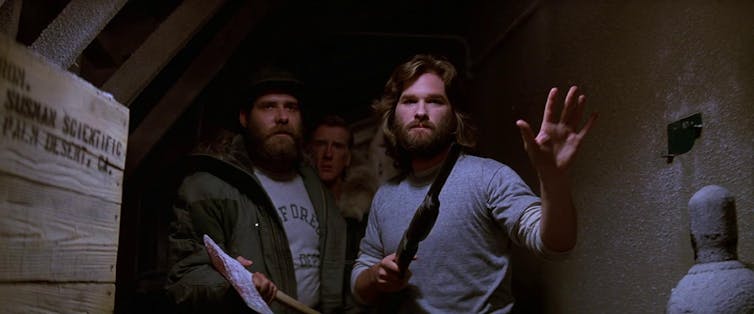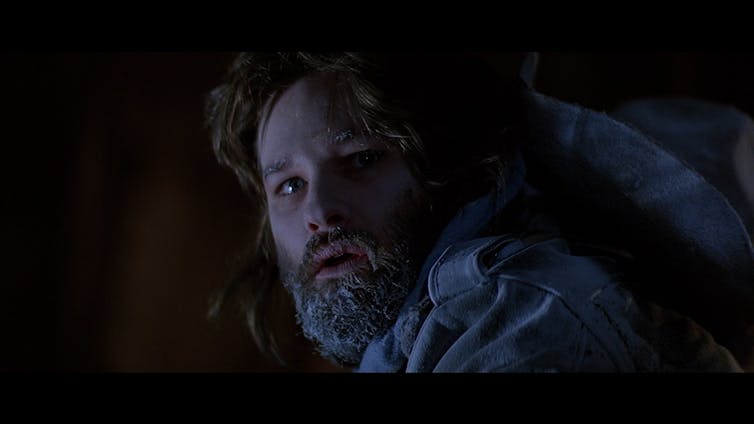 |
| 1491: The Untold Story of the Americas Before Columbus |
The Aboriginal Peoples Television Network (APTN) will present the world premiere of the docu-drama series 1491: The Untold Story of the Americas Before Columbus starting November 8th on APTN East and HD at 7:00 p.m. ET, APTN West at 7:00 p.m. MT and APTN North at 7:00 p.m. CT. The series is also slated to air on ZDFE (Germany) and SBS (Australia).
Based on Charles C. Mann's best selling book, 1491: New Revelations of the Americas Before Columbus, the eight hour miniseries, produced by Animiki See Digital Production of Winnipeg and Aarrow Productions of Victoria, takes its audience on a journey dating as far back as 20,000 years ago through to 1491.
The series focuses on the origins and history of ancient civilizations and groundbreaking achievements in North and South America in the areas of agriculture, astronomy, architecture, environment, governance, medicine, technology, science, trade and art.
The series is produced, directed and written by Indigenous Canadians and most of the 35 historians, archaeologists and cultural experts interviewed have Indigenous ancestry. The series features 20 drama scenes and an Indigenous cast of actors that provide context on Indigenous history in the Americas.
Mann's critically acclaimed book dispels long-held theories that prior to European contact, Indigenous Peoples were largely nomadic, did not alter the natural landscape, and were not as advanced as other civilizations in the world at the time.
 |
| 1491: The Untold Story of the Americas Before Columbus |
- Award-winning filmmakers, Barbara Hager (Cree/Métis) and Lisa Jackson (Anishinaabe), directed the series in locations throughout North and South America.
- The series was written by Barbara Hager and Marie Clements (Métis).
 |
| 1491: The Untold Story of the Americas Before Columbus docu-drama series logo (CNW Group/1491 Productions Inc.) |
- Other key creatives include composer Russell Wallace (Lil'wat), production designer Teresa Weston, costume designer Carmen Thompson (Nuu-chah-nulth), director of photography Bob Aschmann and narrator Dr. Evan Adams (Tla'amin).
SOURCE: 1491 Productions Inc.
The Trailers:





